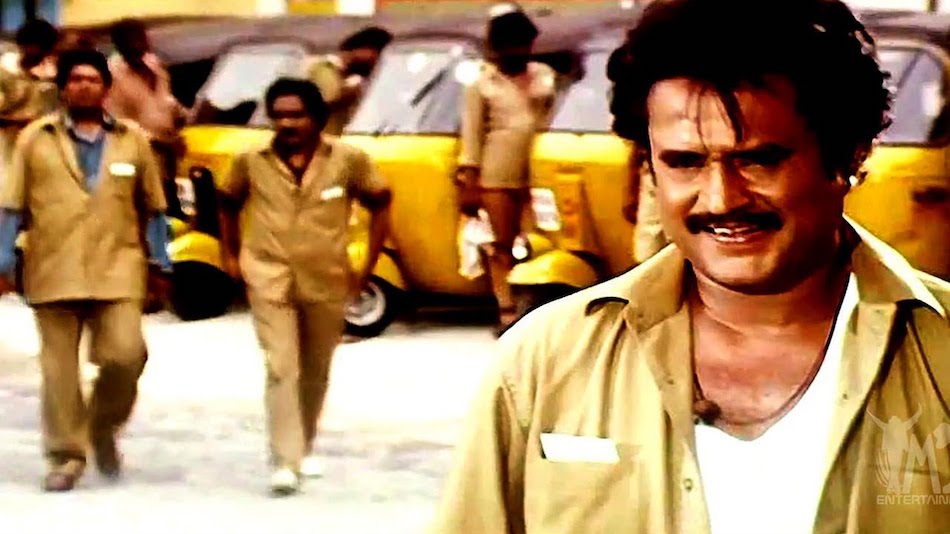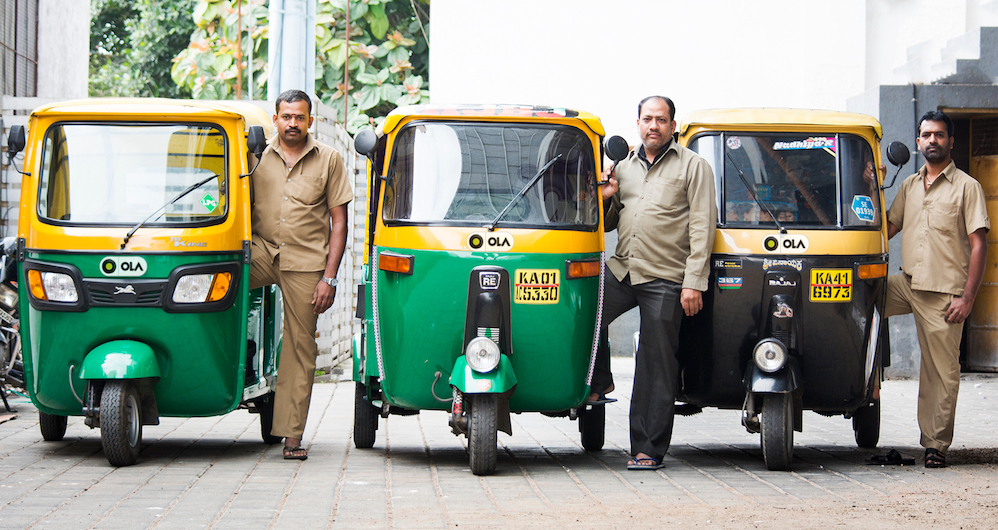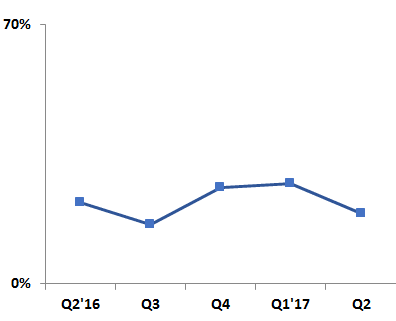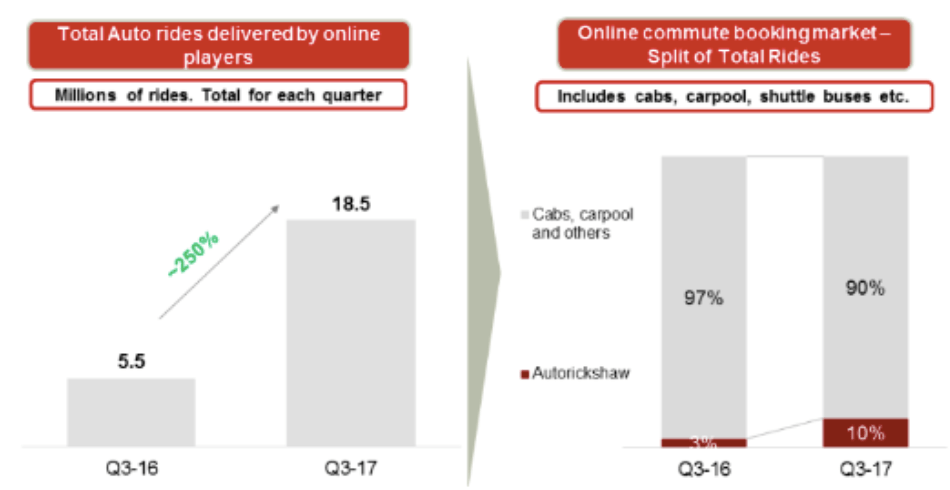
A still from Tamil movie star Rajnikanth’s hit film, Baasha. Photo credit: YouTube.
There’s something romantic about an auto-rickshaw ride on Indian roads. It is not just the countless regional movies where heroes playing intrepid auto-rickshaw drivers sing, dance, and take down gangsters or rescue beautiful maidens. The ubiquitous three-wheeled tuk-tuks of India have the agility of a two-wheeler to maneuver the chaotic Indian roads. That’s why it’s the number one choice of transport if you are in a rush and don’t mind wind playing havoc with your hair.
Ride-hailing companies in the country aren’t blind to the allure of auto-rickshaws – autos, as they are known in India. Reports say, auto-rickshaws clock more than 229 million passenger trips per day across India.
That’s why Ola launched Ola Auto in September 2014 and onboarded around 120,000 auto-rickshaws across 73 cities in India onto its app. Today, Ola announced that it would offer free wifi on these 120,000 autos.
“We want to not only improve the quality of time spent while on the road, but also help build easy access for millions of users across the country,” Siddharth Agrawal, senior director and category head – auto at Ola, said in an announcement to the press.
Ola kicked off the pilot for the project two weeks ago and aims to complete the implementation process in a few weeks, an Ola spokesperson told Tech in Asia. He said Ola Auto is popular with Ola app users but refused to share the number of active users who opt for this.

Indian ride-hailing giant Ola claims to have around 120,000 auto-rickshaws on its app. Photo credit: Ola.
“Given that a commute in an Indian city averages around 40 minutes, Ola sees the vehicle as the third place apart from home and office where customers spend a considerable amount of their time and would like to make it productive.” That’s the thinking behind the free wifi project – dubbed “Auto-Connect.”
Ola has been giving global ride-hailing giant Uber a tough fight in India. It claims to have over 800,000 vehicles across cabs, auto-rickshaws, and bikes in 110 cities across India. Auto-hailing contributes about 15 percent of Ola’s revenue, according to a recent report.
Uber had introduced an auto-rickshaw service – uberAUTO – in Delhi in April 2015. However, it suspended the service seven months later, and reintroduced it in April 2016. Earlier this year, Uber withdrew the service in a few Indian cities yet again.
Uber and Ola have both been struggling this year to maintain their supply of cabs after cutting back on driver incentives to reduce losses. Research firm RedSeer reported a fall in the net promoter score (NPS) for cab-hailing apps in Q2 2017 – in other words, customers became less willing to recommend the apps to others.
Cab-hailing booking experience measured by NPS

Ride-hailing companies in India saw a fall in consumer booking experience due to scant availability of cabs during peak hours, Redseer reported. Photo credit: Redseer.
The enhancement of Ola Auto gains significance in that context. The number of auto-rickshaw rides booked via ride-hailing apps more than tripled in Q3 2017 compared to the same period last year, according to RedSeer. Auto-rickshaws now comprise 10 percent of the ride-hailing market, against 3 percent last year.

Photo credit: Redseer.
Lately, Ola has also been pushing electric vehicles, working closely with manufacturers.
Earlier this month, Ola announced its latest funding round of US$1.1 billion led by Tencent. Ola’s existing investor SoftBank and a few US-based investors participated in the round. Ola aims to close an additional US$1 billion as part of this financing round.
This post Ola gives its auto-rickshaws free wifi while Uber struggles to kickstart Indian tuk-tuks appeared first on Tech in Asia.
from Tech in Asia https://www.techinasia.com/ola-auto-free-wifi
via IFTTT
No comments:
Post a Comment